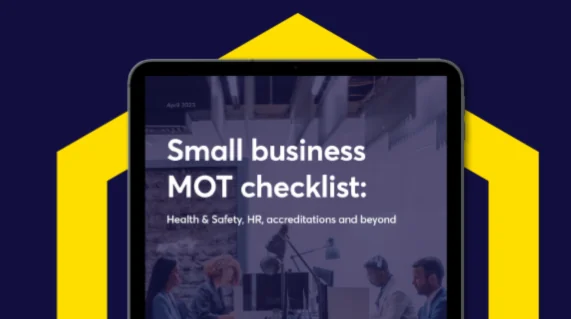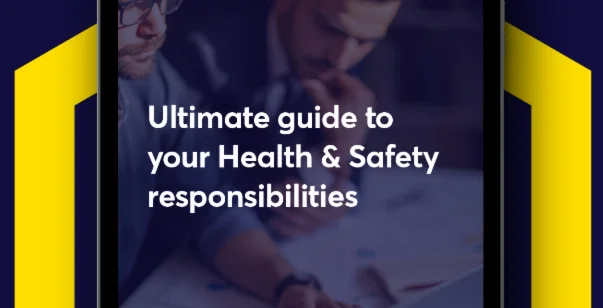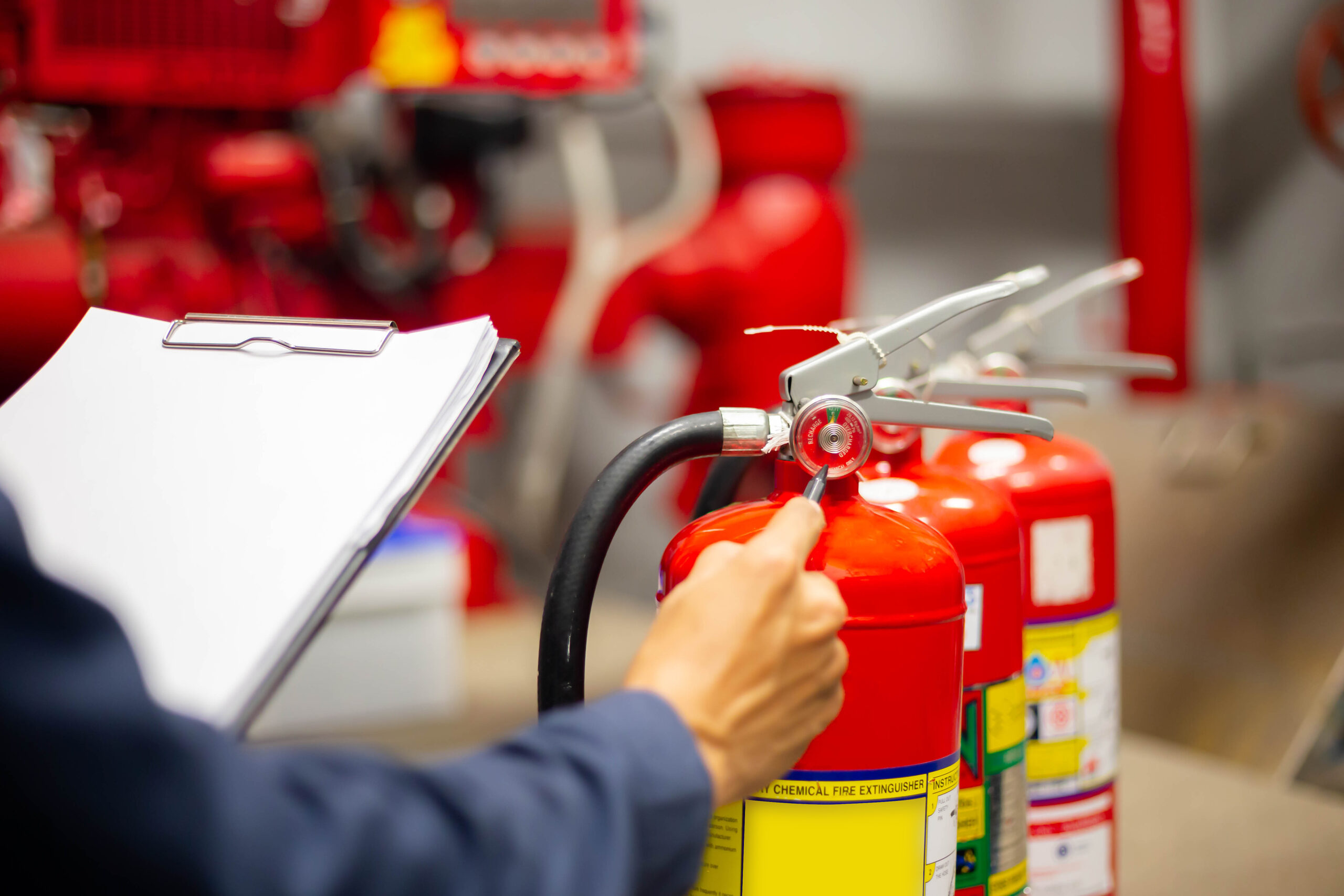In the dynamic world of construction, Health & Safety is the cornerstone of every project. Making sure workers, the public and your business are safe isn’t just a legal requirement, but it’s a moral obligation too. There are a lot of risks and hazards present in construction, but if you’ve got robust Health & Safety measures in place, these risks can be controlled, creating a safer environment for everyone involved. In this blog, we’ll talk about the critical importance of Health & Safety and highlight its role in creating a culture of safety on construction sites.
Why is Health & Safety in a construction environment important?
Health & Safety in the construction industry protects the workforce and any visitors to your site. Here are some key reasons why it’s crucial:
Protecting the workforce
Workers on construction sites come into contact with a lot of hazards, like working at heights and operating heavy machinery. Implementing strict safety protocols makes sure that workers are shielded from potential dangers and are less likely to get into accidents or incidents.
Safeguarding the public
Construction projects often take place in busy environments where the public could be in close proximity. Proper Health & Safety measures prevent accidents that could harm bystanders or neighbouring properties.
Preserving business reputation
A commitment to Health & Safety will only reflect positively on your business’s reputation. By prioritising the wellbeing of employees and adhering to safety regulations, you can increase trust with clients and stakeholders.
Health & Safety hazards in construction
There are multiple hazards at every turn on a construction site, and many can pose serious threats to individual well-being. Some of the most common Health & Safety hazards and risks include:
- Working at height – working on scaffolds, ladders, or rooftops increases the risk of falls, which can result in severe injuries or fatalities. Visit our latest blog for more insights into the risks of working at height.
- Slips, trips, and falls – uneven surfaces, debris, or wet conditions can lead to slips, trips, and falls, causing injuries ranging from minor bruises to fractures.
- Operating machinery – heavy machinery such as cranes, excavators, and forklifts present risks of collisions, crush injuries, and entanglement accidents if not operated correctly.
- Loud noises – prolonged exposure to loud noises from equipment or machinery can cause hearing loss and other auditory problems among construction workers.
- Working with hazardous substances and materials – exposure to toxic chemicals, asbestos, or silica dust can lead to respiratory problems, skin irritations, and long-term health issues.
- Risk of mental health issues – the demanding nature of construction work, coupled with high-pressure deadlines, can contribute to stress, anxiety, and depression among workers. Download our FREE Mental Health Toolbox Talk for more information on how to support your employees.
Who is responsible for Health & Safety in a construction environment?
In a construction environment, Health & Safety is a collective responsibility involving several people, each playing a critical role in identifying hazards, implementing protocols, providing training, conducting inspections, and ensuring compliance with UK laws and regulations.
- Employers – employers are primarily responsible for providing a safe working environment, including proper training, equipment, and supervision.
- Employees – workers have a responsibility to make sure they’re keeping to safety protocols, reporting hazards promptly, and participating in relevant training programs like our Safety Hazards Course to mitigate risks.
- Site managers and supervisors – site managers and supervisors play a crucial role in enforcing safety regulations, conducting risk assessments, and overseeing day-to-day operations to ensure compliance.
- Regulatory bodies – government agencies such as the Health and Safety Executive (HSE) and regulatory bodies set standards and regulations to govern Health and Safety practices and enforce compliance through inspections and penalties when necessary.
Managing Health & Safety in construction
Effective management of Health & Safety in construction involves implementing comprehensive policies, procedures, and practices to safeguard workers and minimise risks. Key measures include:
- Risk assessments – you should conduct thorough risk assessments to identify potential hazards and implement control measures to mitigate risks – this is a legal requirement, and if you’ve got five or more employees you’ve got to have your risk assessments written down.
- Protective gear and equipment – provide appropriate personal protective equipment (PPE), such as helmets, gloves, and safety harnesses, to minimise the risk of injuries.
- Training and education – offering regular training to educate workers on safety protocols, emergency procedures, and the proper use of equipment. We offer a full range of Health & Safety e-learning courses for working at height, slips, trips and falls, first aid and more.
- Compliance with legislation – ensuring compliance with relevant health and safety legislation and standards to avoid legal repercussions and uphold industry best practices.
Ensure your Health & Safety is compliant with HS Direct
At HS Direct, we understand just how important Health and Safety is in construction. Our comprehensive Health & Safety services and FREE Construction Health & Safety checklist are designed to help you streamline compliance processes, identify potential hazards, and enhance your safety practices on your construction sites – so you’re always prepared for any surprise inspections. Get in touch to find out more about our smart, streamlined Health & Safety software. And, to make sure you’re staying compliant, be sure to explore our full range of Health & Safety documentation.








